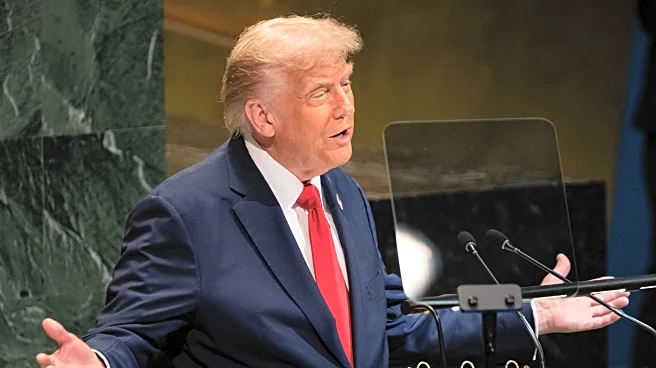What's Happening?
The Ryder Cup, a prestigious golf competition between the U.S. and Europe, has introduced a new pay structure for American players. Each U.S. player now receives $500,000, with $300,000 designated for charity and $200,000 as a personal stipend. This marks the first time American players receive direct compensation for participating in the Ryder Cup. In contrast, European players compete without direct financial incentives, driven by national pride and team spirit. The change in pay structure has sparked discussions about the motivations and traditions of the competing teams.
Why It's Important?
The new compensation model for U.S. players reflects a shift in the Ryder Cup's approach to player incentives. By providing financial rewards, the PGA of America aims to increase charitable contributions and modernize the event. This change may influence the dynamics of the competition, as American players balance financial incentives with the traditional pride associated with representing their country. The differing pay structures highlight cultural differences between the teams, potentially affecting team morale and public perception of the event.
Beyond the Headlines
The introduction of direct compensation for U.S. players raises questions about the commercialization of sports and the impact on traditional values. While the financial rewards may attract more players, it could also shift the focus from the spirit of competition to monetary gain. The European team's emphasis on pride and legacy underscores the cultural significance of the Ryder Cup, challenging the notion that financial incentives are necessary for motivation. This development may prompt broader discussions on the role of money in sports and the preservation of tradition.











